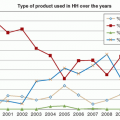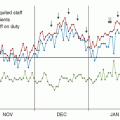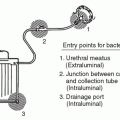and not included in each specific analysis so that informed decisions can be made (6). A review of the IC literature found that of 30 publications reporting to be economic analyses, only 8 were cost-effectiveness or cost-consequences analyses. Of note, in the IC and quality-improvement literature, there is increasing use of the term business case analysis, which is an extension of a simple cost analysis from a hospital or payer prospective that excludes dollar valuation of human life and morbidity (10,11).
TABLE 17.1 Differential Evaluations of Outcomes Among Economic Analyses | ||||||||||||||||||
|---|---|---|---|---|---|---|---|---|---|---|---|---|---|---|---|---|---|---|
|
saved (15). The World Health Organization recommends that a threshold for calling an intervention cost-effective be three times the country’s gross domestic product per capita, so this threshold is $119,849 in the United States (16). Frequently, but incorrectly, researchers will state only that an IC intervention is cost-effective or cost-beneficial, if it is cost saving from a hospital perspective. Most healthcare interventions are not cost saving. A review of all cost-effectiveness analyses published between 1976 and 2002 found only 130/1,433 (9%) cost-effectiveness ratios actually saved costs, meaning that they saved lives and money at the same time (17).
TABLE 17.2 Examples of Costs and Outcomes Included Under Several Potential Analysis Perspectives for Health Care-Associated Infection Prevention Interventions | ||||||||||||||||||||||||||||||||||||||||||||||||||||||||||||||||||||||||||||||||
|---|---|---|---|---|---|---|---|---|---|---|---|---|---|---|---|---|---|---|---|---|---|---|---|---|---|---|---|---|---|---|---|---|---|---|---|---|---|---|---|---|---|---|---|---|---|---|---|---|---|---|---|---|---|---|---|---|---|---|---|---|---|---|---|---|---|---|---|---|---|---|---|---|---|---|---|---|---|---|---|---|
| ||||||||||||||||||||||||||||||||||||||||||||||||||||||||||||||||||||||||||||||||
Stay updated, free articles. Join our Telegram channel

Full access? Get Clinical Tree







